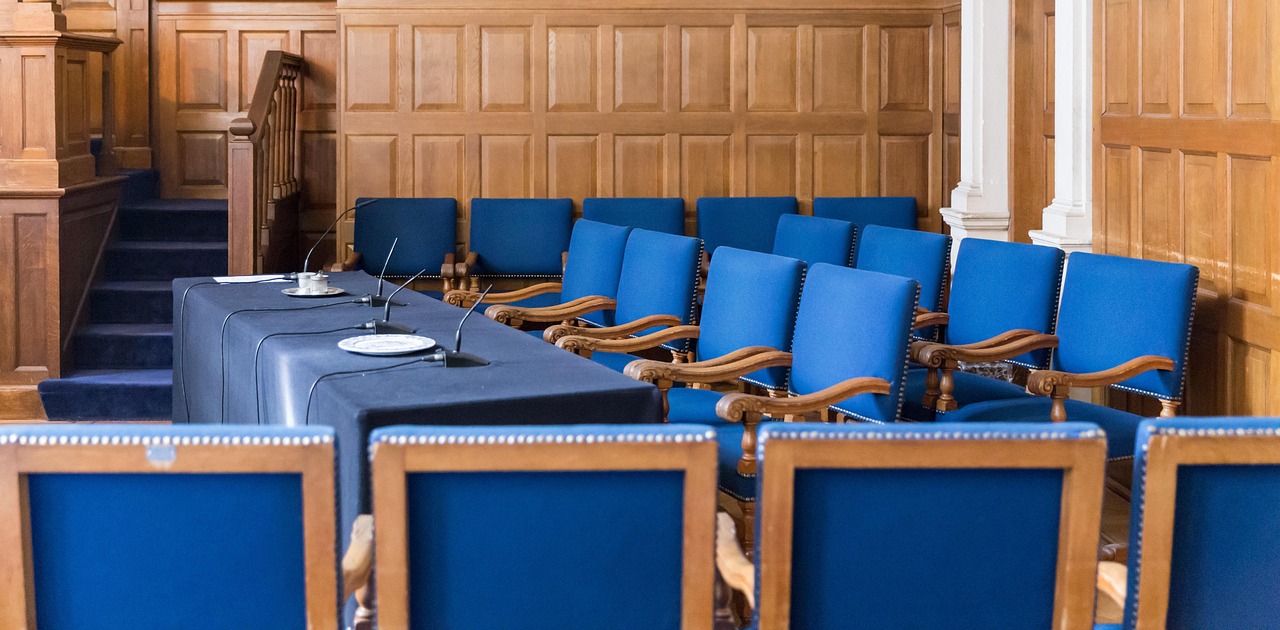This article is all about adoption life story work. It’s written by Dr John Simmonds, Director of Policy, Research, and Development at CoramBAAF, the leading membership organisation for professionals, foster carers, and adopters.
Life story work is a crucial part of an adopted child’s childhood. It helps them understand their birth history and their journey to becoming part of a new family.
This article looks at why it’s so important to do life story work with your child. And gives some tips and advice on what to include if you don’t get a life storybook from your agency.
What is life story work and why is it important?
“Children separated from their birth families are often denied the opportunity to know about their past and to clarify past events in terms of the present. They may have changed families, social workers, homes, and neighbourhoods. Their past may be lost, much of it even forgotten. Losing track of the past can make it difficult for children to develop emotionally and socially. Life story work is an attempt to give back some of this past.” (Ryan, T and Walker, R, 2016).
Life story work aims not only to help adopted children understand their personal history and life experiences but also to help them develop a sense of security and identity. “Who am I and where do I belong?”
‘Life story work’ is much more than just completing a book outlining key factors in the child or young person’s history and heritage (their ‘life story book’). The process of life story work encompasses a range of activities, particularly a trusting relationship with an adult to help a child explore their history and heritage. The completion of a life storybook is an important tool in the process.
Elements in life story work can include play, listening and observation, memory boxes and books, photograph albums, life celebration days, and later life letters. This now includes forms of online recording and social media events when these are safe and appropriate. These various tools and activities often overlap. They can be used as and when appropriate for the child or young person.
A collaborative approach
Life story work needs a comprehensive and collaborative approach. Everybody can have a role to contribute including birth families, social workers, foster carers, and adoptive parents.
Through life story work, adoptive parents can work together with their child to give them a stronger sense of their history and heritage and the thoughts and feelings that result from this. This usually means helping them understand why they were adopted.
Life story work can help to strengthen the bond between adoptive parents and their child. It can help adoptive parents to build sensitivity, understanding, and empathy for their child. As such, it can be a therapeutic process, allowing children to make sense of what happened in the past and think about their aspirations for the future even if this is stressful or anxiety-provoking.
Adopted children can sometimes blame themselves for the reasons they were taken into care even if abuse and neglect were the primary reason. Life story work can help them to put these thoughts and feelings into words where their sense of blame can develop into a more helpful narrative that increases their sense of feeling safe and secure in their adoptive families.

What should a life storybook include?
A life storybook usually includes information about birth family members, when and where the child was born, any previous foster carers, and why they were adopted. Over time there may also be a record of the details about their adoptive family.
A life story book needs to provide an honest, but sensitively written account of the child’s history. It should be presented in an age-appropriate and child-friendly way. For example, using bite-sized chapters and colourful images or objects. It’s a story of the child’s memories and feelings in words, pictures and objects, and it’s important that these make sense to them in a way that they feel comfortable with. Every book will be different, but centre on the child or young person as it’s ‘their book’.
Life story books are a statutory requirement for adopted children in England and Wales. It should be given to the child and adopters within 10 days of their celebration hearing. Once children are with their adoptive families, the life storybook can, over time, be adapted in a way that will help children build on their growing security.
Whilst a traditional life storybook is ordered chronologically, starting with birth family and ending with adoption, other practitioners recommend a more balanced approach that enables children to learn about their history whilst enhancing security in their adoptive family.
Life storybook format
Leading adoption expert Joy Rees suggests using the format of present – past – present – future, as follows:
- Present – Current information about the child, their adoptive family, likes and interests, and a simple explanation of adoption.
- Past – The social worker’s account of the child’s history – details of birth family including siblings, place and time of birth, details of foster carers, ending with the granting of the Adoption Order. This section should include an honest but sensitive account of the events leading up to the child going into care, but should reinforce throughout that abuse and neglect, and any placement moves in care are not their fault or because they have done something wrong.
- Present – Bring the child back to the present, perhaps by focusing on the child’s favourite things which give adoptive parents the chance to show how well they know their child.
- Future – End on a positive note with the child’s plans, hopes and aspirations
How can the life storybook be used?
All adopted children should have a life storybook. Whatever their age, it’s never too early or late to start a book if one has not been provided.
Rather than a life storybook being seen as a ‘one-off’ piece of work, it should be continually revisited throughout a child’s life and at key developmental stages. It can be updated, with additional details added, as children grow in security and understanding.
Adoptive parents will read the book to their child or the child may read it to them. It should be used as a basis for answering the child’s questions, so it’s important they feel comfortable with it. Adoptive parents can judge if further details are needed, or if wording needs to be changed. Adoptive parents should be sensitive to their tone of voice, facial expressions, and gestures. Be curious and gently explore the child’s feelings and emotions.
Some final tips for adoptive parents…
- Consider writing the life storybook in the third person, using your child’s first name, which can be a gentler way of sharing difficult information, especially for younger children
- Answer questions that arise honestly and in line with your child’s age, level of understanding, and stage of development. Admit when you don’t know the answer and offer to find out
- Thread positive messages throughout the book to reinforce that your child is safe and loved and to raise their self-esteem
Books and further information
- ‘Life Story Books for Adopted Children: A Family Friendly Approach’ by Joy Rees:
- ‘Life Story Work: What, Why, How and When’ by Tony Ryan and Rodger Walker, published by CoramBAAF:
- First4Adoption – life story work guide for adoptive parents

Head to Compass Fostering’s website to find out some statistics about fostering. Many adopted children spend sometimes years in foster care before they’re adopted, so including this type of information in their life story book is also important.
If you’d like to read more articles about life story work and other adoption topics, head to the adoption section.



